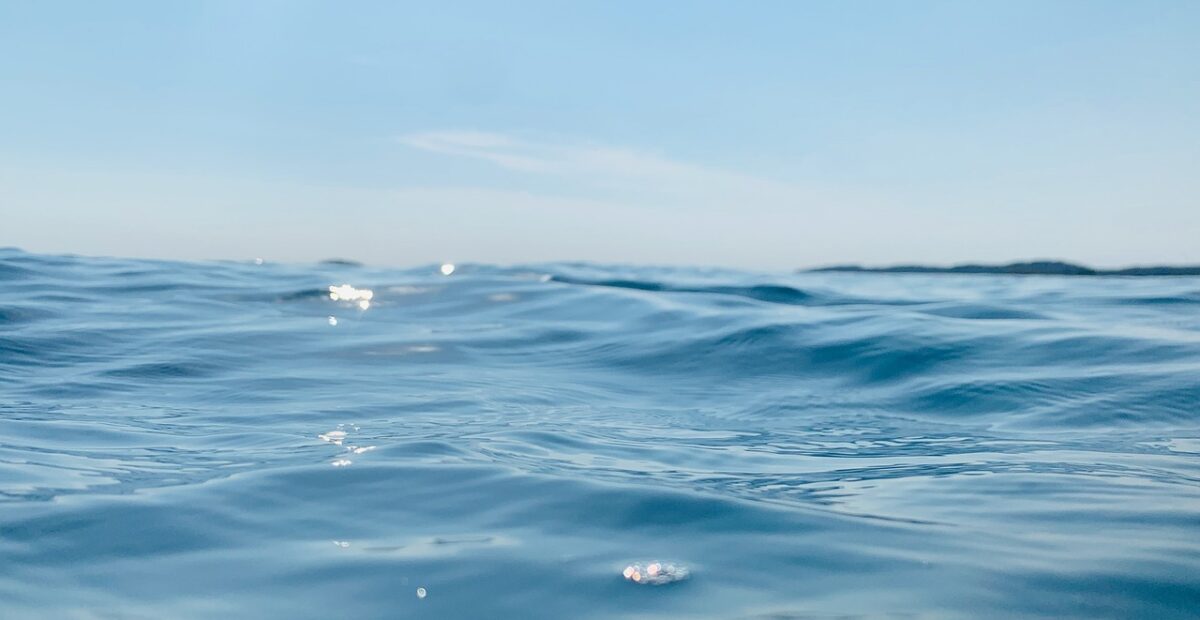
Workshop
Flying over the sea to observe the Earth | Giovanni Soldini: “my round-the-world trip”

A documentary about sport and ecology, through the experience of Giovanni Soldini: a navigator for over 40 years. An incredible story about the relationship between man and the sea, but also a reflection on the increasingly delicate relationship between humans and nature. Available on Prime Video.
A continuous connector, an unsinkable bridge, an immeasurable plain where walls cannot stand. The oldest road to the other: this is the sea. And perhaps that’s why there are people who love it so much that they live on it. Crossing it with a piece of wood and a sheet. Maybe hyper-technological, as today’s sailing ships are, but still, as always, used to savor the peak of freedom and nature. To observe the world as an open and uninterrupted space.
One of these people is Giovanni Soldini, who has made the sea his home. He is among the most renowned modern navigators, a sailor specialized in ocean crossings. At the age of 16 years, he had crossed the Atlantic and has circumnavigated the globe solo twice.
When asked what profession he has, he replies, “the sailor.” Because he is made of the sea, the man whom Prime Video tells about in the documentary Giovanni Soldini: My Round-the-World Trip.
It starts from his latest journey around the planet, between 2022 and 2024: 16 months at sea, over 30,000 nautical miles with a Maserati trimaran, to embrace the world from the Mediterranean to the power of the Atlantic, from the Caribbean to the vastness of the Pacific, up to the beauty of the Indian Ocean.
Many seas, one world, for a sporting, ecological, and human endeavor. A journey as discovery, knowledge, and growth: a provider of tools to face the complexity of the world.
There is the existential dimension, alongside the passion for the extreme, in Soldini’s story to director Sydney Sibilia. There is the challenge to the limits that nature imposes, but also respect for it and great attention to caring for the planet.
Soldini’s boat collects data from the oceans beyond commercial routes: it brings interesting elements to the scientific community, to “understand what is happening and how the sea system works,” he explains, rewinding his story as a sailor born in Milan in the early 1980s.
A city with the sea far away, but with the possibility of seizing opportunities. One was named Franco Malingri: another man for the sea and for the responsibilities he offered to young people. Soldini took it and began to tack.
There were emotions, and thinking back to that time today, he sees coral reefs that look entirely different. “We have lost 70% of them,” he admits during his journey from Spezia to Cape Town, with Los Angeles, Malta, the Canary Islands, Panama, Puerto Rico, and Hong Kong in between.
For a long history of waves and wind, records and memories, arrivals and departures. Rescues and painful losses. Friendships and encounters, among which some reflect on the relationship between man and nature:
In Lanzarote, Professor Ruiz from the University of Las Palmas has been studying CO2 in the sea for 30 years. His “brilliant idea” is to capture sargassum, the algae from the Amazon River, to store CO2 at the bottom of the Atlantic.
He talks about the sad records set every year regarding extreme events, the increasing temperatures as a process similar to the story of the frog in boiling water: it doesn’t realize it is cooking until it is cooked. “This is what is happening to humanity,” Ruiz explains in front of the ocean: the main carbon reservoir in the biosphere. “How can we collect it, transform it, and bury it in the ocean?”
Even in Puerto Rico, climate change is also biting, and the effects are “closely linked to social problems: the poorer part of the population,” observes Soldini, “lives in the lowest areas of the island and has to retreat from homes eroded by the rising sea. They are often the ones left isolated when a hurricane strikes the island.”
Here is the theme of integral ecology: an environmental crisis always corresponds to a social one.
Professor James McWilliams (Los Angeles University) also speaks to Soldini about the changing climate and disorder in the world. He is not optimistic: either we provide concrete answers by changing values and rules, or today’s problems will become sharper tomorrow. “A good solution is to stop polluting. Either we grasp it, or the system starts to collapse.”
Soldini himself, in the continuous and magnificent blue of the journey, recalls that we realize we cannot control everything only when nature gives us a shake. Then we remember that the true “human dimension is not to dominate, conquer, exploit.”
He relies on the hope that humanity possesses intelligence. “We will have to see if we want to use it or continue doing foolish things.”
At the end, after yet another enchanting image of man and nature in temporary harmony, a caption reveals that Soldini met 30 scientists studying the sea during this journey, and in some areas, the situation is compromised. His boat has sent data on surface CO2, temperature, and salinity from all over the planet. “The conditions in the Mediterranean are the most critical, making it a hotspot for problems that, if not addressed immediately, will manifest in all the seas of the world.”
Further insights on the route to sustainability can be found on the website www.aroundtheblu.org.



